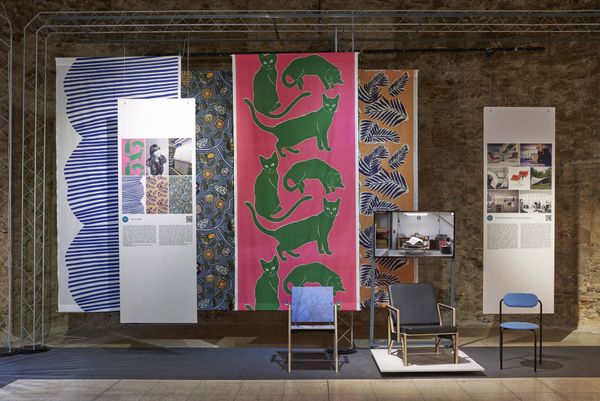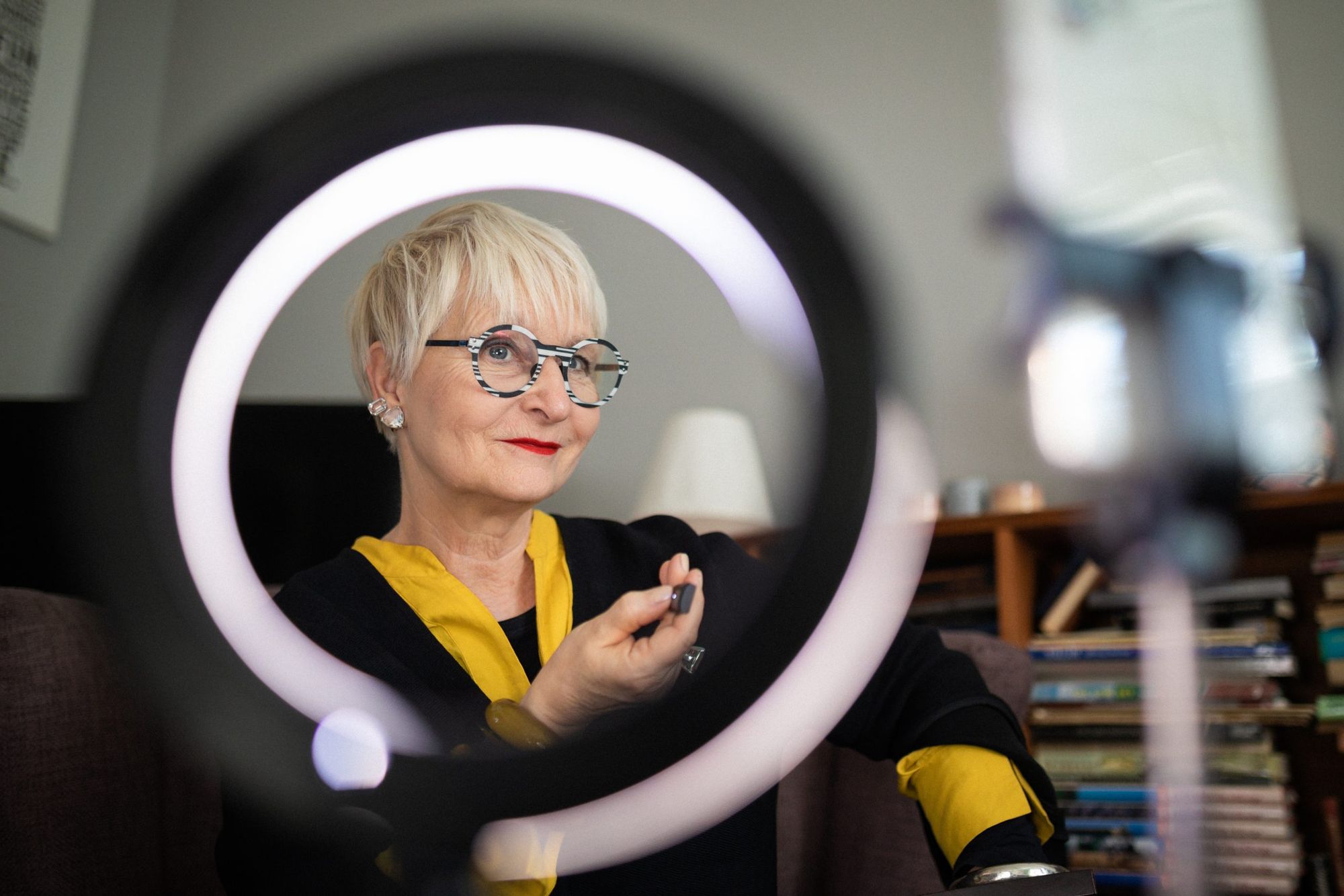Kati Süle, a personal style consultant, believes in constant change. In the home of the stylist who graduated in art history, both analog and digital devices can be found: when we visited, we were amazed not only at her collection of lavish perfume bottles but also at the gadgets that came out of the shoe box, which Kati uses with confidence when it comes to digital content production. Interview!

You have been a style consultant since 2008. I imagine this is a particular genre that requires a personal presence. You have said before that as a stylist, the most important thing is to get to know the person’s soul and thereby help them find the style that is closest to them, or rather, themselves. Do you think this type of service can be ported to the online space somewhat (or maybe completely) at all? For example, in covid times, what does a stylist do with a given situation?
I think the biggest thing you need to learn in life is adaptation. If you can’t adapt (be it a good or a bad thing), you’ll somehow lose touch with the flow. I was lucky enough to build the system I work with online from the start. Because I have found that these personal relationships and encounters are very good, but they do little. I mean, I can’t spend so much time with the person asking for the service that I can get to know them—along with all their preferences and wardrobes—in such depth that I can make a system out of it in three hours.
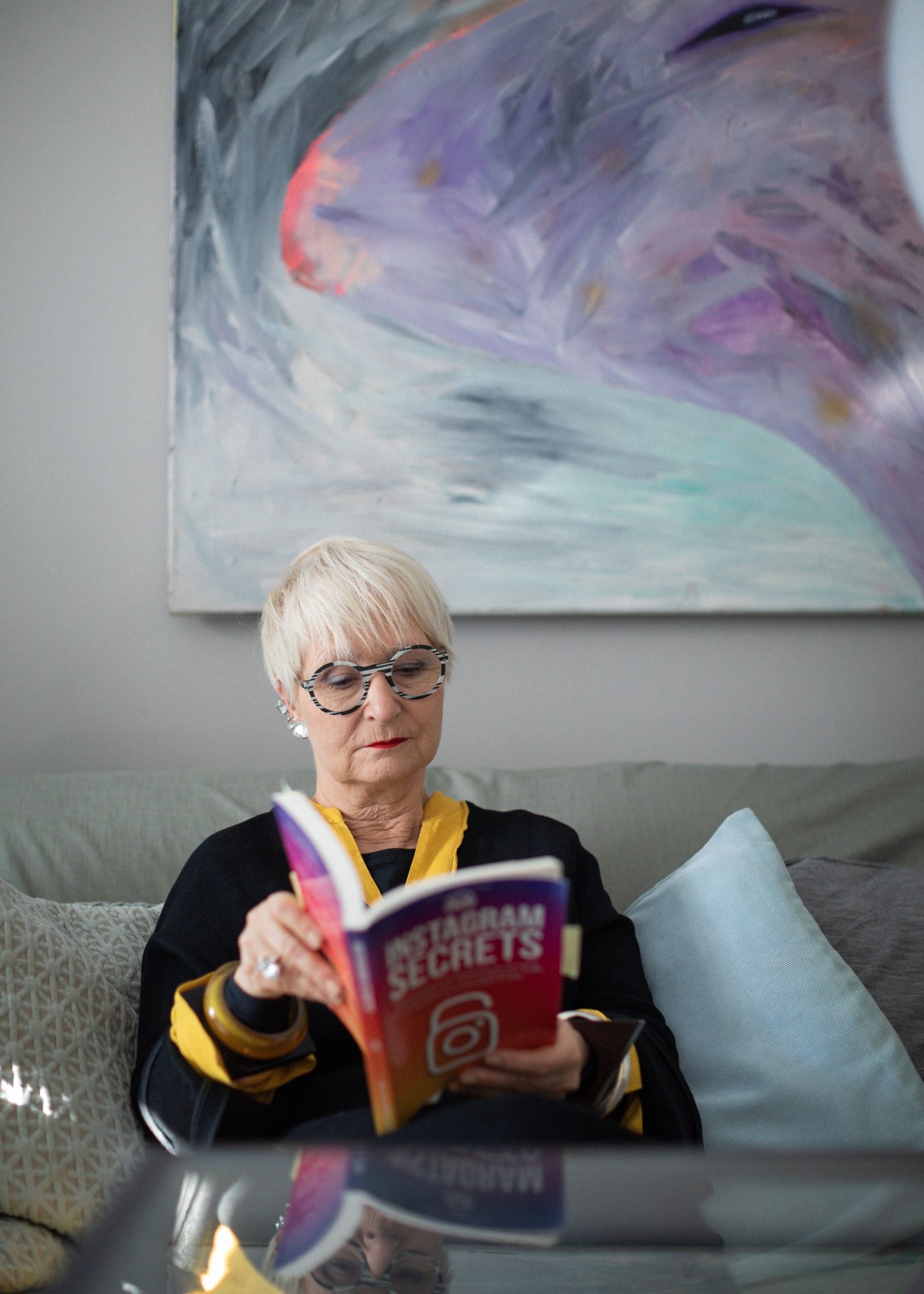

I figured out earlier that I’m working on about six-week projects: every week the client gets the assignment via email, which they have to work on very hard, and there’s always a consultation that usually takes place over the phone or online—which is very proven. The pictures can be sent to me right away (for example, from a piece they tried in the fitting room), I can immediately reflect on that—this is an interaction they create, based on which I get an idea of how they think and can uplift them from that system.
These are six stations, in fact: everything from self-knowledge to wardrobe arrangement. It’s actually a home wardrobe arrangement, through a variety of tasks—at times, the subject only needs to get to know their own shape and use that to sort out the clothes that fit less. Then we start working with the colors: what colors they like and whether these are good for their look or not. As a result, a wardrobe is created that the customer has actually put together themselves.
It’s an intense six-week self-discovery process where we communicate virtually with each other all the way through and where I am present as a kind of coach in many cases. The digital world helps me a lot in this.
“When I see a fashion show, I’m ecstatic,” you mentioned earlier. Today, people project creating the so-called metaverses where AR and VR meet. It is possible that one day (in the not-so-distant future) we will be sitting on our couch enjoying the fashion shows, in virtual reality. Do you think this could be real?
This already exists! I like it. Fantastic and creative short films were born to showcase the collections (in the covid period) in virtual space. The fashion world itself is a terribly wasteful world: when you think about how much energy and money they put into it! But when we go into the virtual world, there I feel like creativity really matters. We can solve something very cheaply. I think this has brought a new creative business to the surface and very, very good solutions have been found. I saw clothes the same way, but the sensitivity of fashion companies could be presented much better. Plus, they were able to reflect on consumer anomalies, which I was also very happy about. The Viktor & Rolf fashion house really liked the show, for example.
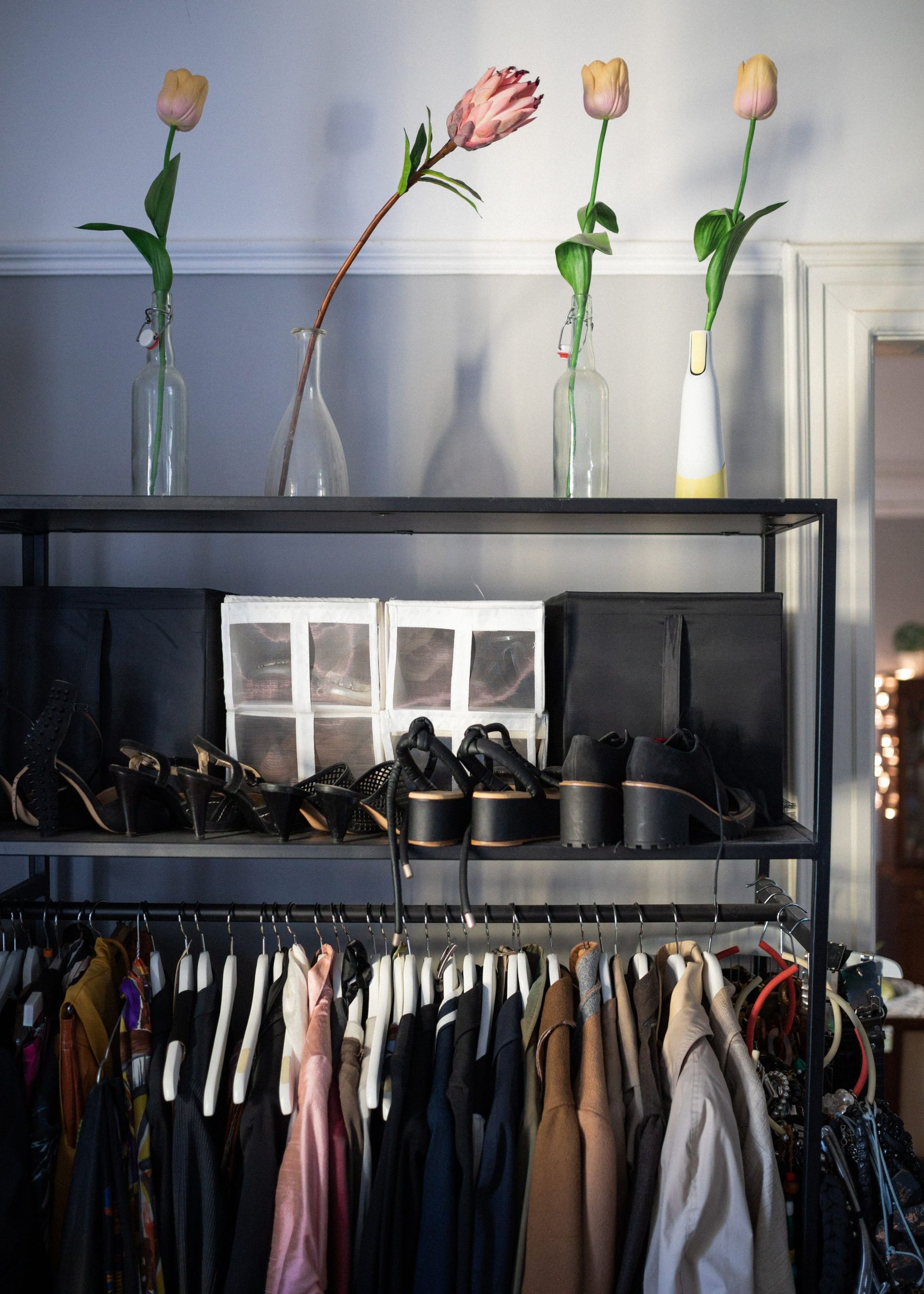

You also talked about the importance of perfumes, for example, that clothes and scents need to be in harmony with each other (we wear both). These kinds of sensual impressions, the effect on the senses did not disappear at all with the rise of digital, and perhaps we can even say that it intensified even more. How do you see that?
I actually collect perfume bottles because I am attracted to design. These bottles are fantastic works of art: I am attracted to the connection between fragrance and glass, and the history of perfume development. It is interesting, for example, that in the past both men and women wore perfumes, but as unisex costumes appeared in fashion, so did unisex perfumes. Rather, it is the historical process that captures me and how well the perfume bottles of different fashion houses are in line with the visual appearance of the clothes, for example. For me, it’s all art, so I collect these. But not only the glass bottles but also advertisements from fashion magazines. And this is an interesting line in the history of advertising.
It’s also important, of course, to choose the right scent—it’s also a kind of ability. If one wears a well-chosen scent, it helps the look a lot. For example, I don’t stick to a single scent, I change often: I know which scent isn’t good for me (like spicy perfumes), but I really like floral scents and unisex perfumes, and I even like to wear men’s perfume.
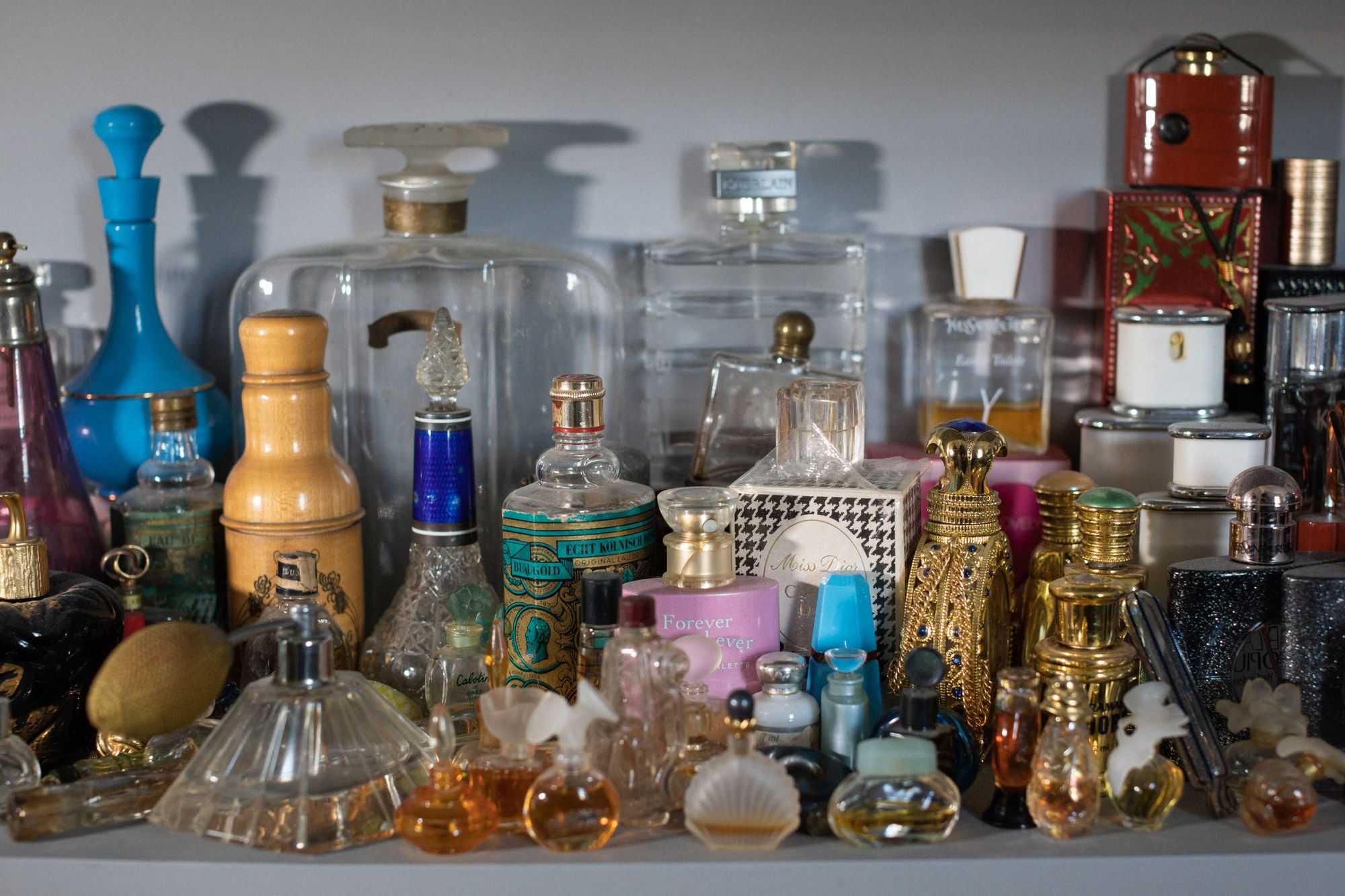
Covid and the time we spent in home office also transformed our shopping and dressing habits: no one expected us to “dress up” for a Monday meeting in front of the screen. Several design brands have begun to think in universal, “cozy” pieces, abandoning (semi- or perhaps all) seasonal design. How do you see what changes are still expected in the fashion industry in the light of either the covid situation or technological progress?
Increasingly, I see a lot of material with a tag “recycled” on it—that’s one of the most important. They finally realized that a ton of used clothes had to be recycled. It was really interesting that the fashion companies switched right away: half or a year ago when I went into a store, I only saw joggings. And it’s still going on. I see very practical, casual, wearable pieces instead of glittery clothes.
On the other hand, I don’t think it’s good not to get dressed when you’re at home. I don’t have to be in joggings because they are comfortable, but the opposite: I should have all my clothes to make me feel good. I was always able to convert the elegant to be worn at home, or the opposite: for example, I have already pinned this brooch and my appearance has become more elegant. When we’re at home, we should still show it off—it’s about respect for ourselves that we do for ourselves.
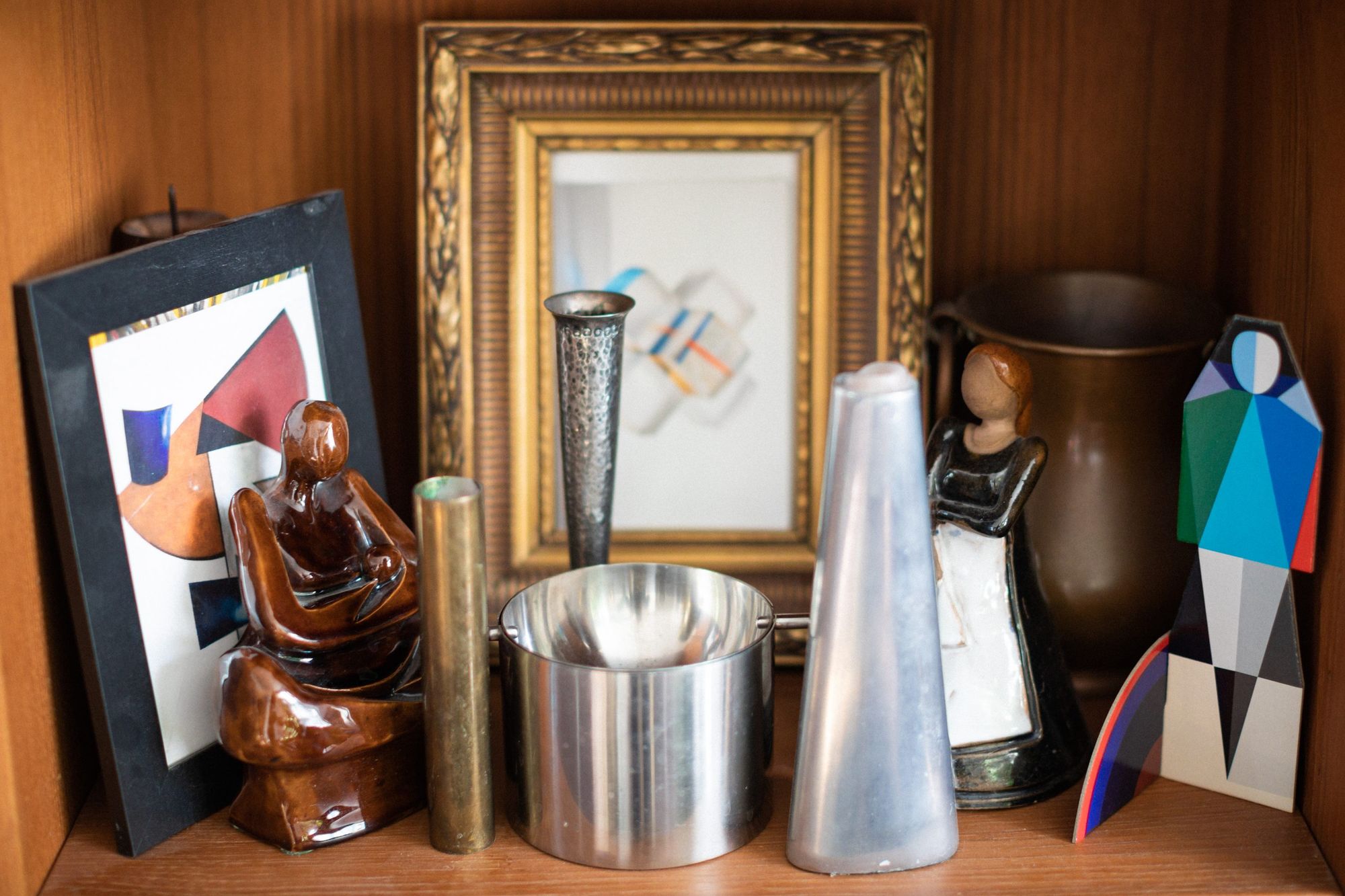

And some quick questions:
Google Calendar or classic diary?
Classic diary, that’s important to me. I want to see, I want to erase!
Netflix or cinema?
Now more and more Netflix unfortunately. I have favorites all the time, most recently watching the “Unbelievable” series, for example.
Spotify or vinyl?
Not vinyl anymore, I “passed it on” to the younger generation—they’re just really on it now, I’m left with Spotify.
Kindle or classic book?
Classic book. I have a Kindle in my family, but I need regular books. I also scribble and take notes many times. In the case of art albums, I choose the classic design, it would not be possible to enjoy it any other way.
Do you prefer to shop online or in a store?
Both. I still prefer to shop in-store, but online is also close to me in terms of convenience.
Photos: Balázs Mohai
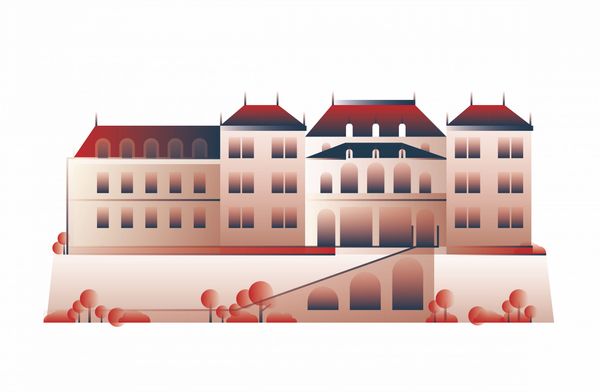
Infrastructures in the CEE region
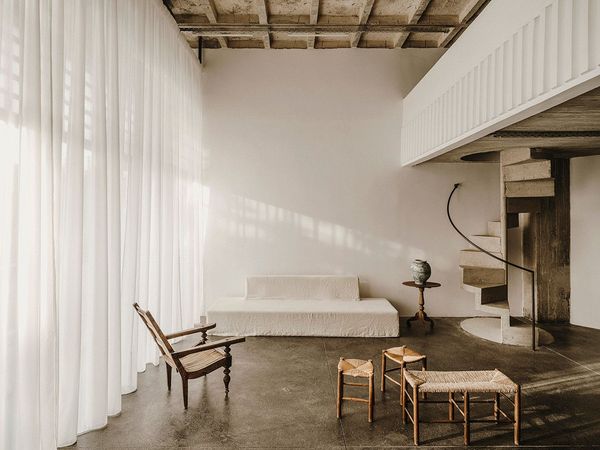
Favorite interiors of the week_92
